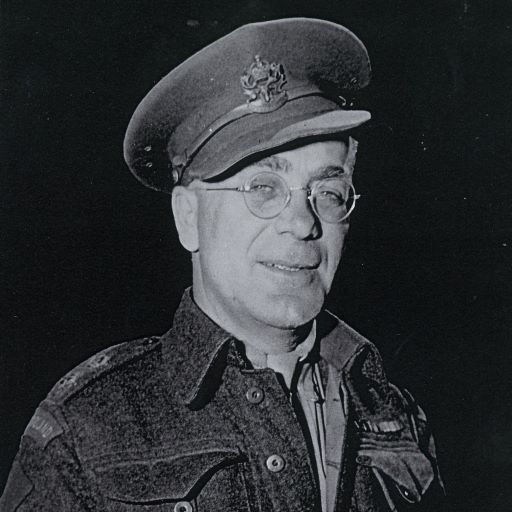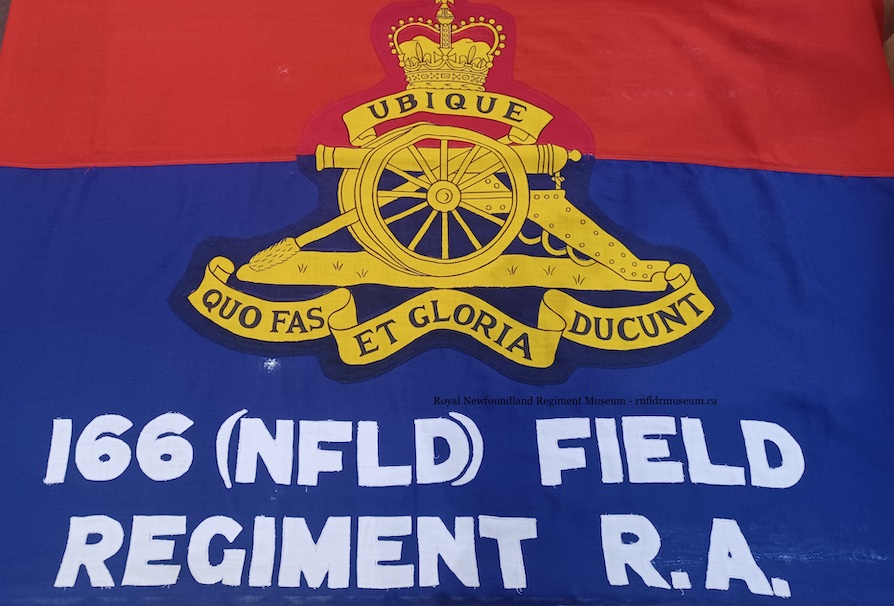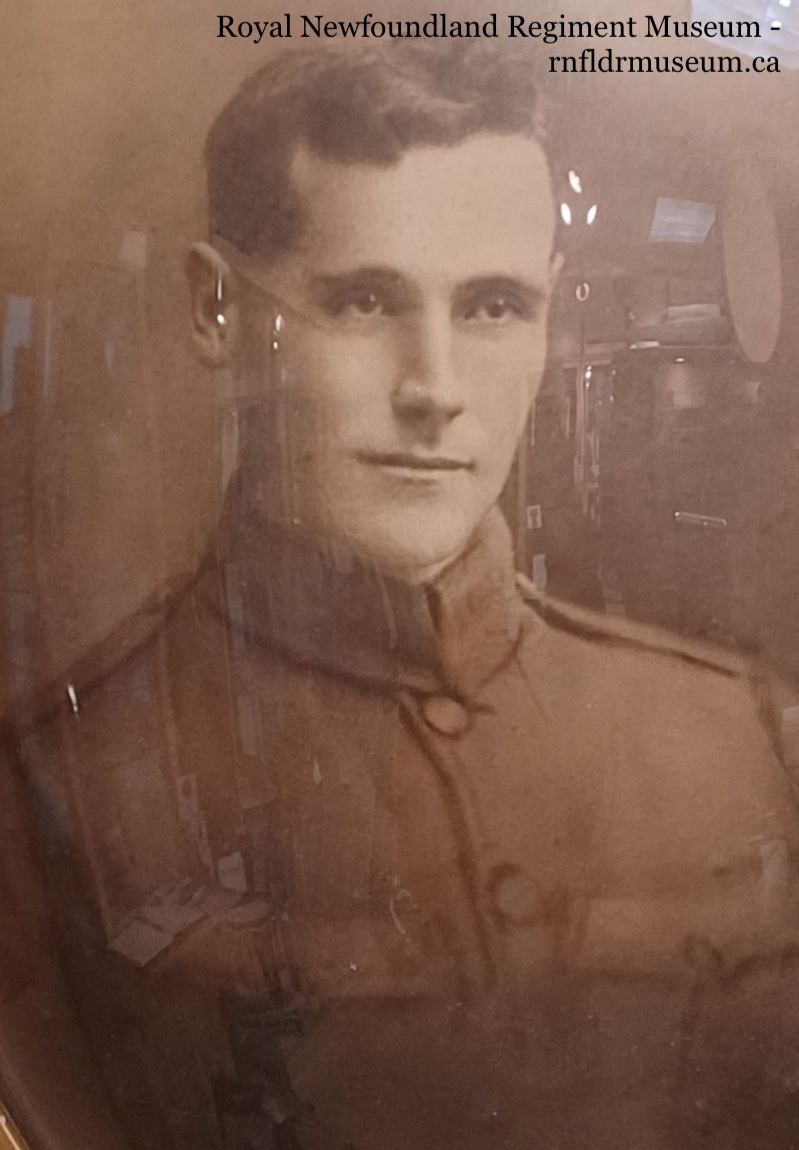
Edward Moyle Stick grew up in a family of five boys and two girls. His brothers, Leonard and James Robin Jr. both enlisted in the Royal Newfoundland Regiment on October 1st 1914.
In February 1915, Moyle Stick enlisted for one-year home service with the Royal Army Medical Corps (RAMC) in England. He served with the RAMC for 9 months before, in 1916, he joined the 1st Battalion of the Royal Newfoundland Regiment. Edward saw active duty until he was captured by Germans at Monchy le Prieur on April 14th 1917 (he was unwounded). During his active duty, he fought at Goudecourt.
Moyle Stick remained a Prisoner of War from his capture until he escaped on March 29th 1918. After his escape he returned to Newfoundland. It was determined that he be retained in the Army. Through a trial of contestation, he was discharged on June 6th 1918 because he was “an escaped prisoner of war”* and wished to continue his academic studies in the sciences.
Edward Moyle Stick served for 286 days.
In 1943, Moyle Stick became the Commanding Officer of the Newfoundland Regiment. Moyle Stick served in this position until the war ended and was the longest serving Commanding Officer.
Visit the Royal Newfoundland Regiment Museum to see Edward Moyle Stick’s collection. This includes a copy of his manuscript detailing his time as a Prisoner of War in World War One.
*The Rooms’ Edward Moyle Stick Collection: https://www.therooms.ca/stick-moyle-edward-moyle-j


